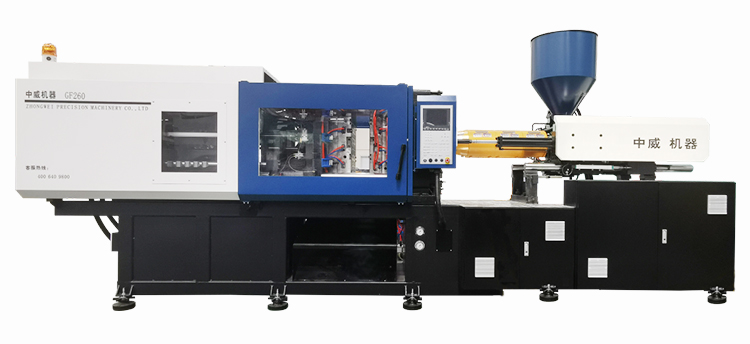How to solve the problem of injection molding short shot?
2022-02-21
Plastic injection molding machine short shot is the first mock exam, short filling, insufficient filling, and short manufacturing. It means that the end part of the material flow is partially incomplete or a part of the cavity is filled with dissatisfaction, especially the end area of the thin wall area or the flow path. It shows that the melt condenses without filling the cavity, and the molten material is not fully filled after entering the cavity, resulting in material shortage of the product. The main reason for short injection is that the flow resistance is too large, which makes the melt unable to continue to flow. The factors affecting the melt flow length include: part wall thickness, mold temperature, injection pressure, melt temperature and material composition. If these factors are not handled well, they will cause short note.

1.Cold material impurities block the material channel
When impurities in molten material block the nozzle or cold material block
When the gate and runner are, the nozzle shall be folded down to clean or expand the cold material cavity and runner section of the die.
2.The injection moulding machine mold temperature is too low
After the melt enters the low-temperature mold cavity, it will cool too fast to fill all corners of the mold cavity. Therefore, the mold must be preheated to the temperature required by the process before starting up. When starting up, the passing amount of cooling water in the mold should be properly controlled.
If the mold temperature cannot rise, check whether the design of the mold cooling system is reasonable
3.The melt temperature is too low
In the range of low temperature filling, the proportion between the filling length and the mold filling performance is usually close to that in the range of low temperature filling. When the material temperature is lower than the temperature required by the process, check whether the barrel feeder is intact and try to increase the barrel temperature.
When starting up, the temperature of the material barrel is always lower than that indicated by the instrument of the material barrel heater. It should be noted that the material barrel needs to be kept warm for a period of time before starting up. If low-temperature injection is necessary to prevent melt decomposition, the injection cycle time can be appropriately prolonged to overcome underinjection. For screw injection molding machine, the temperature of the front section of the barrel can be appropriately increased.
4.The nozzle temperature is too low
During the injection process, the nozzle is in contact with the mold. Because the mold temperature is generally lower than the nozzle temperature and the temperature difference is large, the frequent contact between the two will reduce the nozzle temperature, resulting in the freezing of molten material at the nozzle.
If there is no cold material cavity in the die structure, the cold material will solidify immediately after entering the cavity, so that the hot melt material with the aid plug behind cannot fill the cavity. Therefore, when opening the mold, the nozzle should be separated from the mold to reduce the influence of mold temperature on the nozzle temperature and keep the temperature at the nozzle within the range of process requirements.
If the plastic moulding machine nozzle temperature is very low and cannot rise, check whether the nozzle heater is damaged and try to increase the nozzle temperature. Otherwise, too much pressure loss of flowing material will also cause under injection.
5.The injection speed is too slow
The injection speed is directly related to the mold filling speed. If the injection speed is too slow, the melt filling is slow, and the low-speed melt is easy to cool, which further reduces its flow performance and produces underinjection.
Therefore, the injection speed should be appropriately increased. However, it should be noted that if the injection speed is too fast, it is easy to cause other molding faults.




